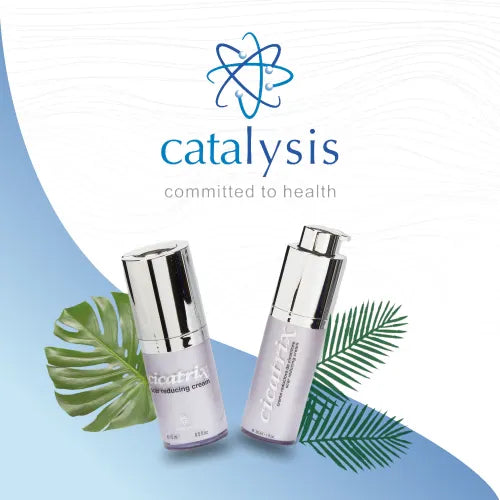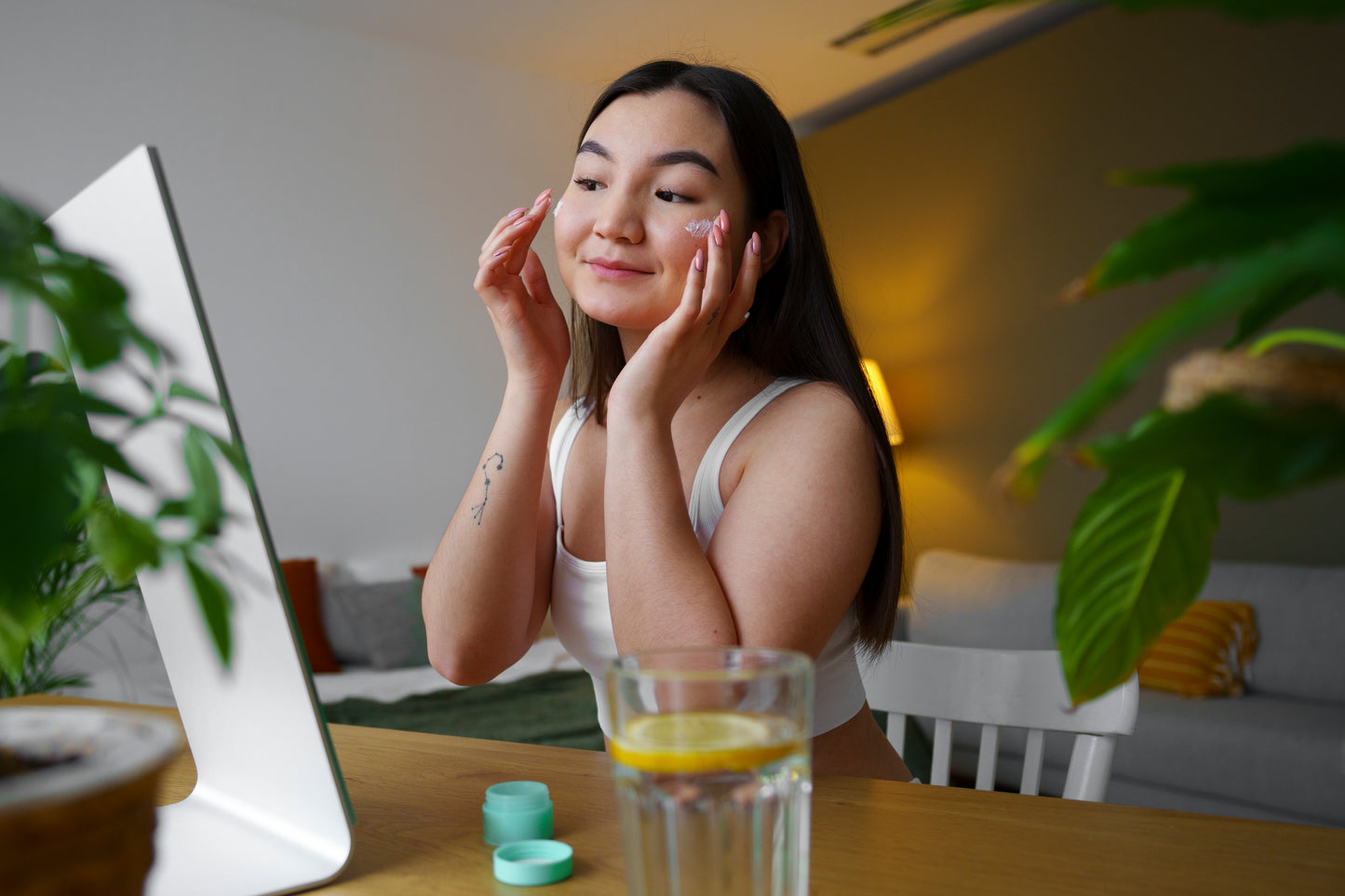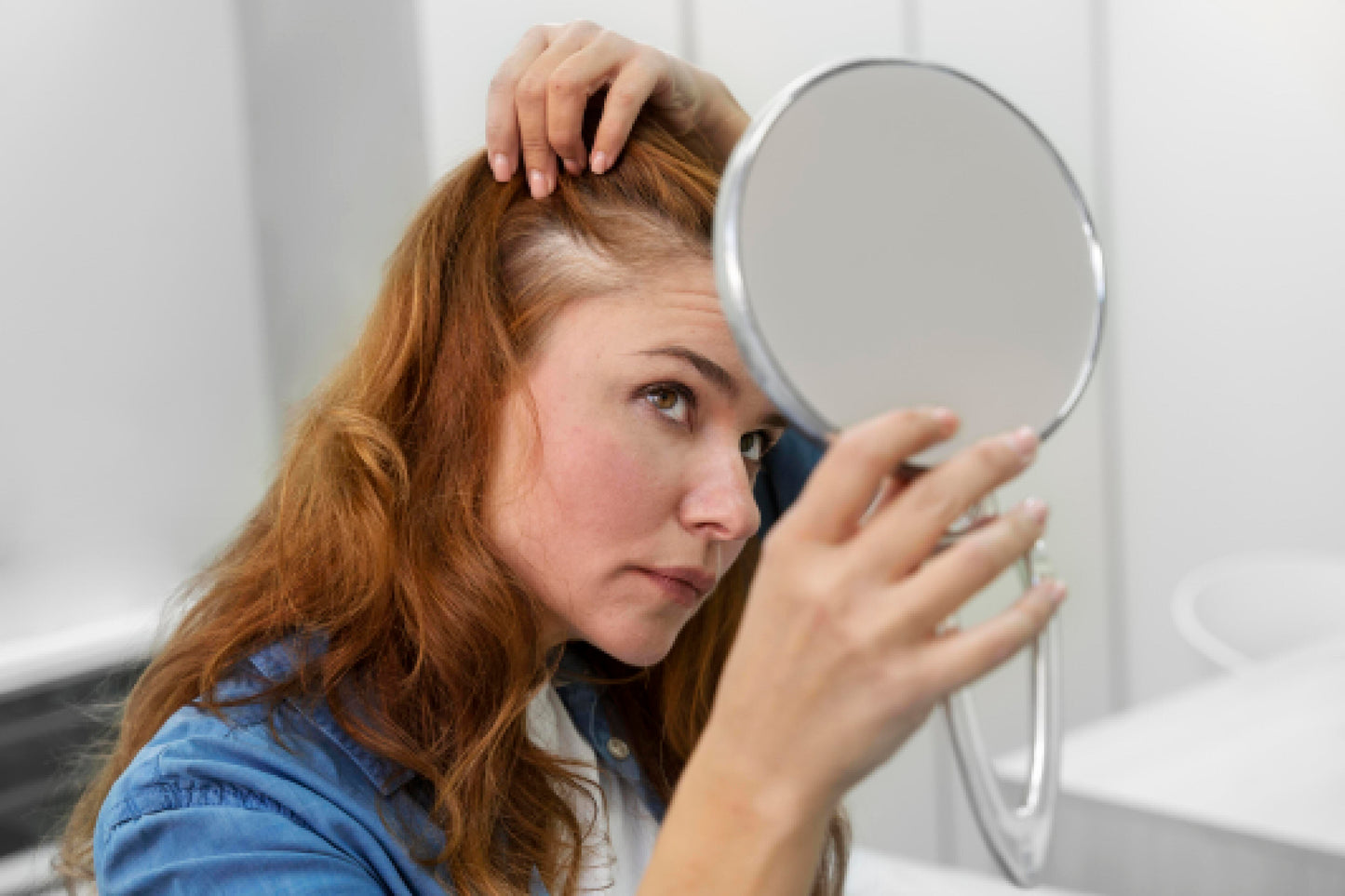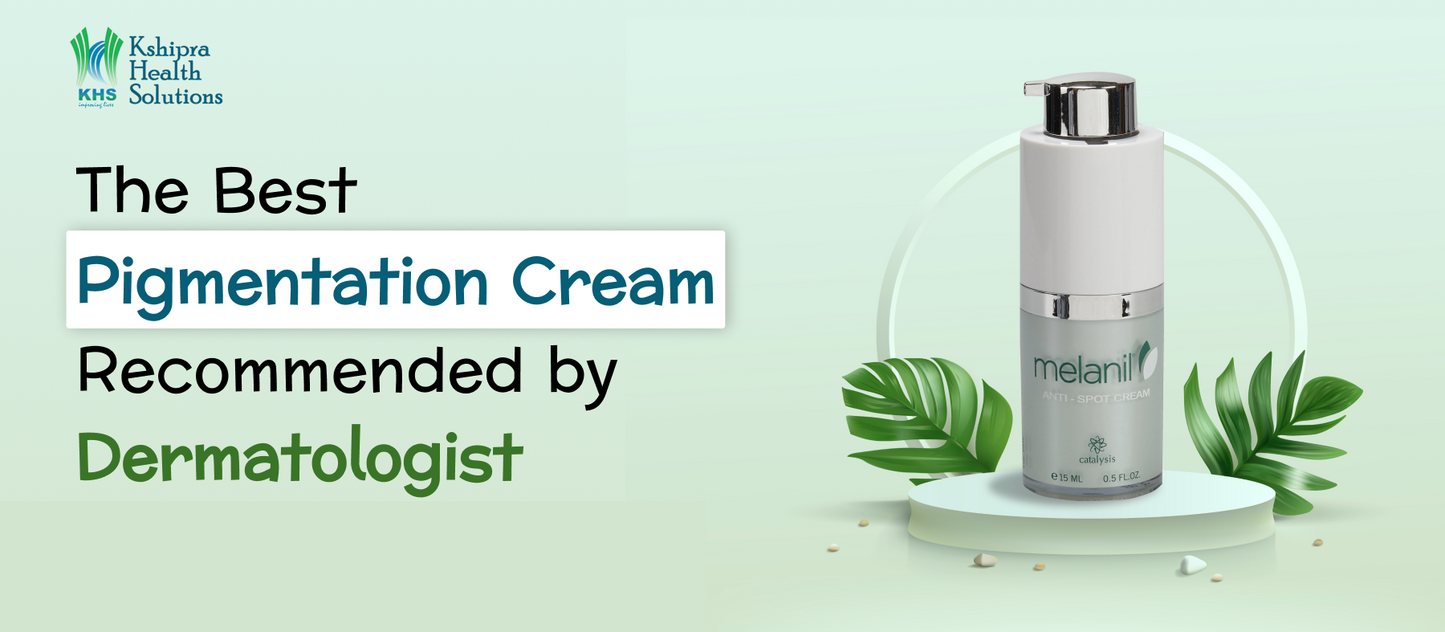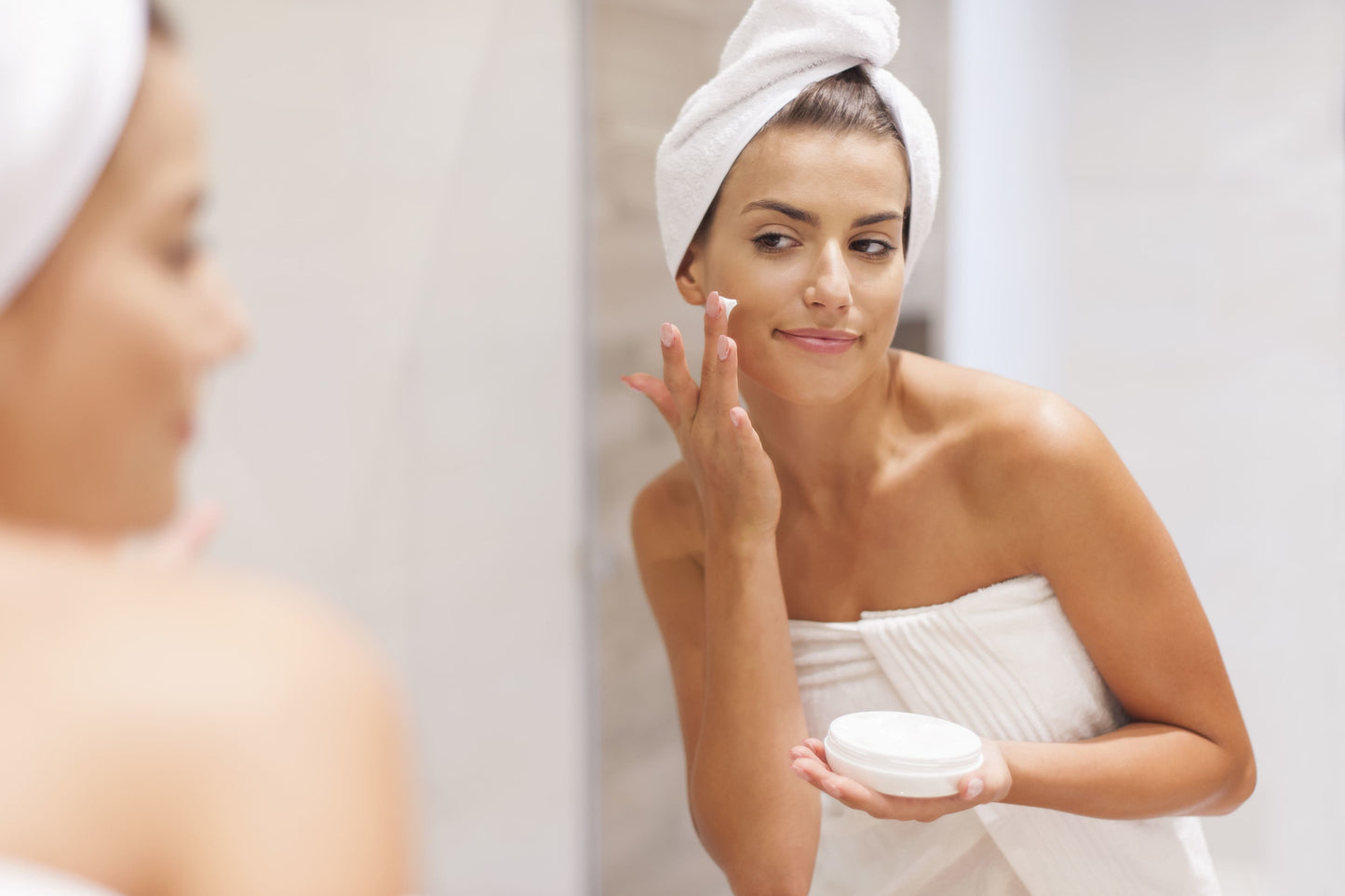
Acne is the single most common reason for the visit to the dermatologic clinic. Acne results in several types of blemish, including pimples, whiteheads, and blackheads.1 Acne often makes one unhappy or uncomfortable and reduces social interaction and activities.
Even though flare-ups have gone, there may still be a variety of scars left. Although time can heal these marks, there are several expert-accepted methods to speed up recovery time.
Traditional acne treatments such as retinoids, antibiotics and light therapies are the most active acne solutions, but they can be slow-acting and sometimes may have undesirable side effects.1
If one is looking for alternative treatments, though, there are still options you can try.
One of the popular methods is chemical peeling.
A chemical peel is a cosmetic procedure in which chemical agents applied topically to the face and gently peeled off once the chemicals dry, helping to exfoliate the skin.3

Chemical peeling helps to rejuvenate the skin underneath, giving smooth and less wrinkled skin. Also, improves the appearance or texture of the skin.3
This is a cost-effective and straightforward procedure for the management of acne. Chemical peelings can be done alone or combined with other cosmetic procedures.
There are three different types of chemical peels that one can get including:
- Light-duty or superficial peels:
They are the most common and widely done chemical peels. It only removes the outermost layer of skin. It is also known as “lunchtime peels” as they involve little to no downtime. Superficial peels use mild acid like alpha-hydroxy acid to gently exfoliate. These peels can improve mild to moderately severe cases of acne. Recovery time is about four to seven days. Your skin may temporarily be lighter or darker. 3, 4
- Medium peels:
A medium chemical peel removes skin cells from portions of the middle and outer layer of skin. This makes it more effective for removing damaged skin cells. It helps to improve wrinkles, acne scars as well as uneven skin tone. One might need to repeat the process to achieve or maintain the desired result. This uses trichloroacetic or glycolic acid to reach the middle and outer layer of skin, which will recover about five to seven days after the procedure, though one may have redness that persists for months.3, 4
- Deep peels
As the name implies, these remove skin cells of an even deeper layer and target damaged skin cells, moderate to severe acne scarring and deep wrinkles. These often use phenol or trichloroacetic acid (TCA). These peels usually lead to severe swelling and redness, along with burning or throbbing sensations. It can take about two weeks for the new skin to develop, though white spots or cysts may last several weeks. 3, 4
Chemical peeling agents:
In terms of solutions, there are a lot of different options to choose from.
- Salicylic acid (SA)
Salicylic acid is used for superficial peeling. It has strong keratolytic and comedolytic properties. In addition to the shedding of epidermal cells, it also supports the desquamation of the upper lipophilic layers of the stratum corneum. SA can penetrate comedones and pores to avoid clogging and neutralize bacteria owing to its lipophilic properties. Such chemical properties of SA make it popular and effective for acne patients. Unlike glycolic acid and other AHAs, SA does not lead to skin sensitivity to the sun. 5-30% SA is used for superficial peeling in acne therapy. At these concentrations, this peel is safe and self-limited; hence, no neutralizing agents are required.5, 6
- Glycolic acid (GA)
This one is a bit more intensive, and depending on its concentration, can fall into the “medium peel” category. GA induces collagen production, helps to refine texture, and brightens and refreshes skin tone and reduces wrinkles. It is a particularly excellent chemical peel for acne scars. It is commercially available at various concentrations ranging from 20-70%. It must be neutralized with an alkaline solution to stop its exfoliative effects. GA peels have a good safety profile, and systemic toxicity is unlikely.5, 6
- Lactic acid (LA)
Lactic acid is also a good starting peel because it is regarded as lightweight and gentle. It helps to smooth skin, provides a glow, supports minor wrinkles. Additionally, it is more hydrating. It was shown to reduce melanin synthesis by directly inhibiting the tyrosinase enzyme, explaining its skin whitening effects. LA is a safe peel with minor side effects. 5, 6
- Mandelic acid
Mandelic acid helps improving texture, fine lines, and wrinkles. It is beneficial for acne and hyperpigmentation without causing irritation or redness. It is a large molecule that penetrates the skin slowly and exhibits antibacterial properties. Hence, mandelic acid is better tolerated on the skin and is frequently used as a substitute for GA peel. Mandelic acid peel is formulated in a combination peel with SA. 5, 6
- Trichloroacetic acid (TCA)
TCA is used as a superficial, medium depth or deep peeling agent based on the concentration used. TCA leads to the denaturation of epidermal and dermal proteins as well as the destruction of dermal collagen. This peel is a better option for sun damage, hyperpigmentation, fine lines and wrinkles, stretch marks, and atrophic acne scars. TCA peels ranges 15–50% concentrations are available for the treatment of active acne. This peel self-neutralizes and has very low systemic absorption.5, 6
- Jessner’s solution (JS)
JS is a medium-strength peel made up of three primary ingredients: salicylic acid, lactic acid, and resorcinol. This combination makes JS very effective for the treatment of acne. It is an effective peel for hyperpigmentation and acne-prone or oily skin. JS peel is frequently used with other peels to increase its penetration. 5, 6
- Kojic acid (KA)
KA exhibits skin lightening properties due to its ability to inhibit the tyrosinase enzyme. It is available at 1–4% concentrations and is typically used in combination with GA or other lightening agents to induce penetration and efficacy. KA can be used before and after the peel to prevent and treat post-inflammatory hyperpigmentation in patients with active acne. 5
- Phenol
Phenol has been used as a deep chemical peel for years in the dermatology field. Phenol activates dermal fibroblasts and new collagen synthesis. These peels are very effective agents but should be used carefully with appropriate preventive measures because of the high risk of systemic toxicity.5
Professional-grade peels are more powerful and yield quicker results. But, it also increases the side effects risk. If done improperly or not done by a board-certified dermatologist, blisters or scars may also develop. The risks associated with the chemical peels include redness, irritation, and blistering. It also causes the skin to be more sensitive to the sun’s rays. Thus, it is advised that one should apply sunscreen and use other UV protection, as the sun can worsen the condition. Chemical peeling helps to rejuvenate the skin underneath, giving smooth and less wrinkled skin.
References:
- Acne, Available at https://www.mayoclinic.org/diseases-conditions/acne/symptoms-causes/syc-20368047, Accessed on 6th, January 2020
- Acne, Diagnosis and treatment, Available at: https://www.mayoclinic.org/diseases-conditions/acne/diagnosis-treatment/drc-20368048, Accessed on: 6th, January 2020
- What You Should Know About Chemical Peels, Available at: https://www.healthline.com/chemical-peel-at-home/#step--by--step-instructions, Accessed on: 6th, January 2020
- Chemical Peels, Available at: https://www.mayoclinic.org/tests-procedures/chemical-peel/about/pac-20393473, Accessed on: 6th, January 2020
- Doing Chemical Peels at Home: Everything You Need to Know, Available at: https://www.healthline.com/chemical-peel-at-home/, Accessed on: 6th, January 2020
- Castillo DE, Keri JE. Chemical peels in the treatment of acne: patient selection and perspectives. Clin Cosmet Investig Dermatol. 2018 Jul 16;11:365-372.
- 8 Treatment Options for Hyperpigmentation, Available at: https://www.healthline.com/health/beauty-skin-care/hyperpigmentation-treatment#What-you-can-do, Accessed on: 6th, January 2020
